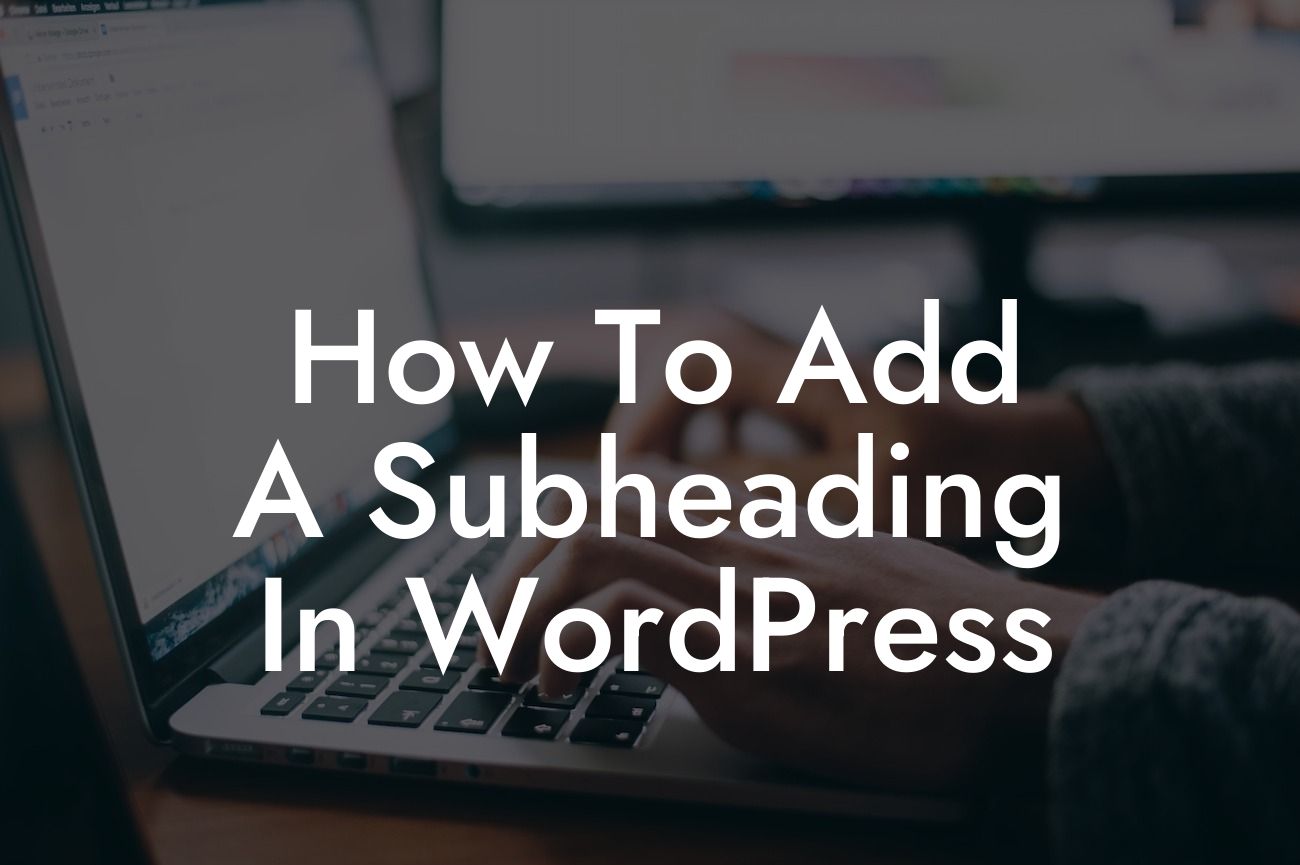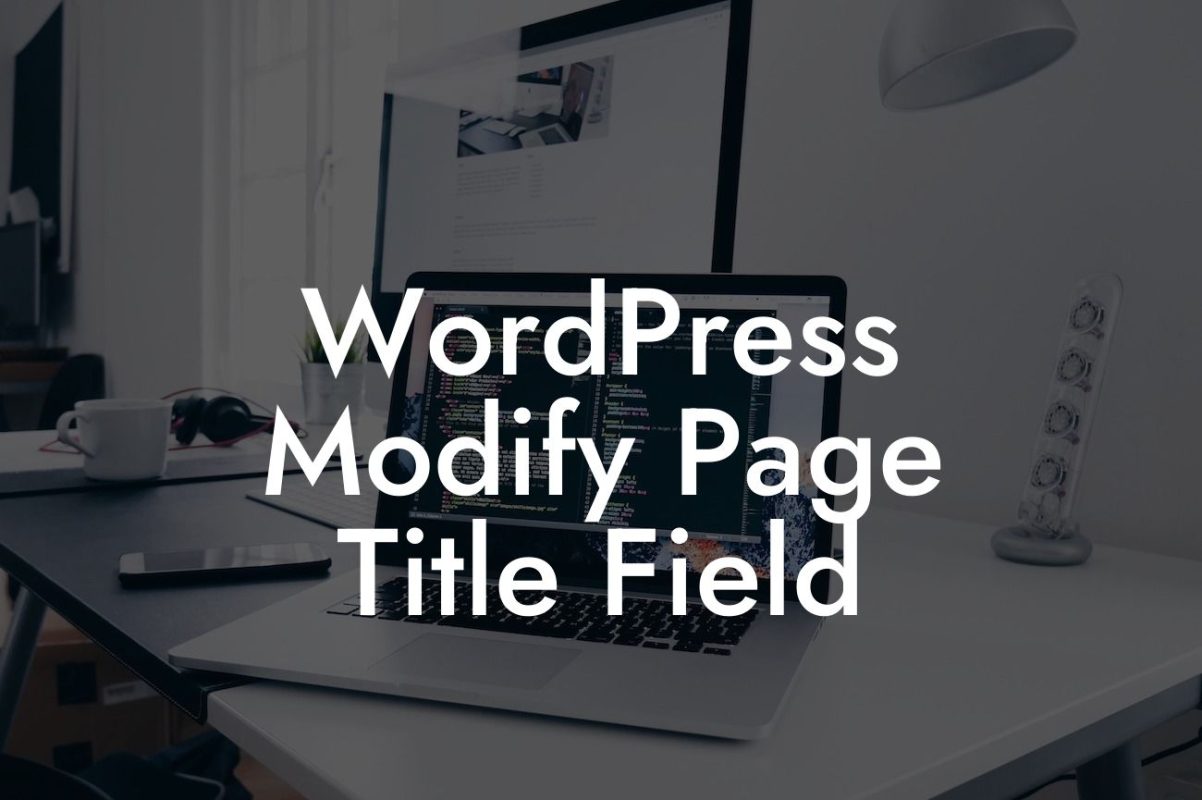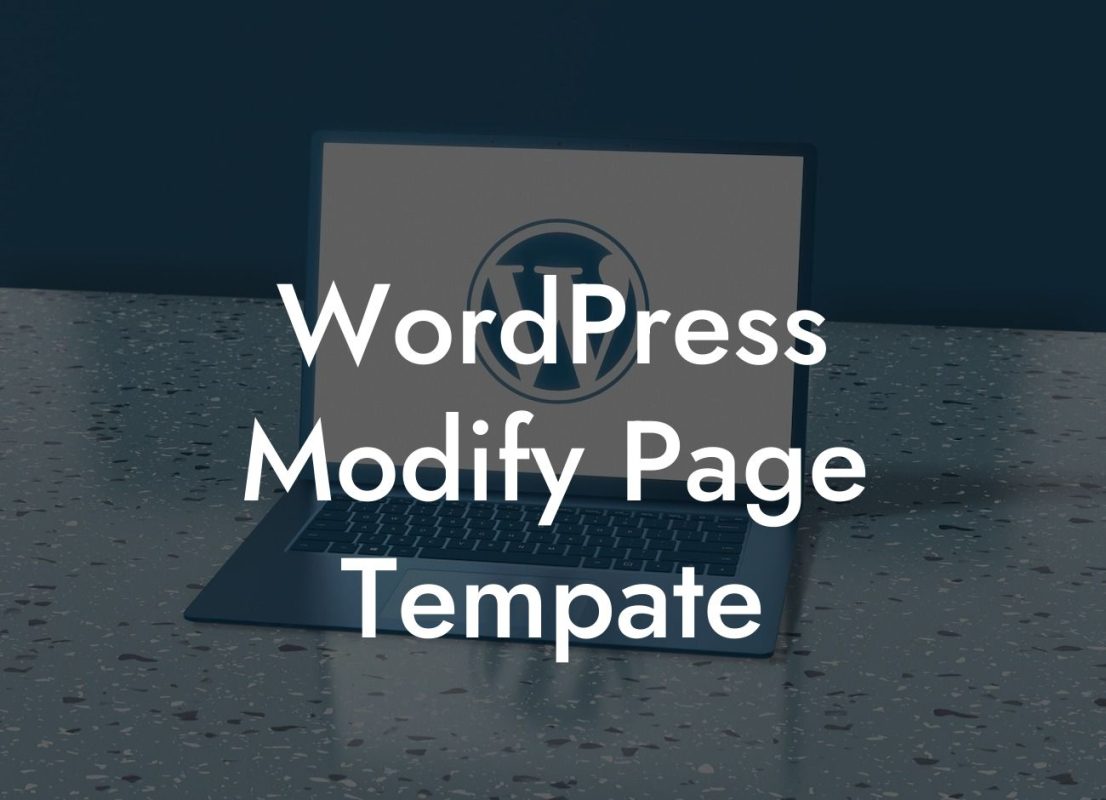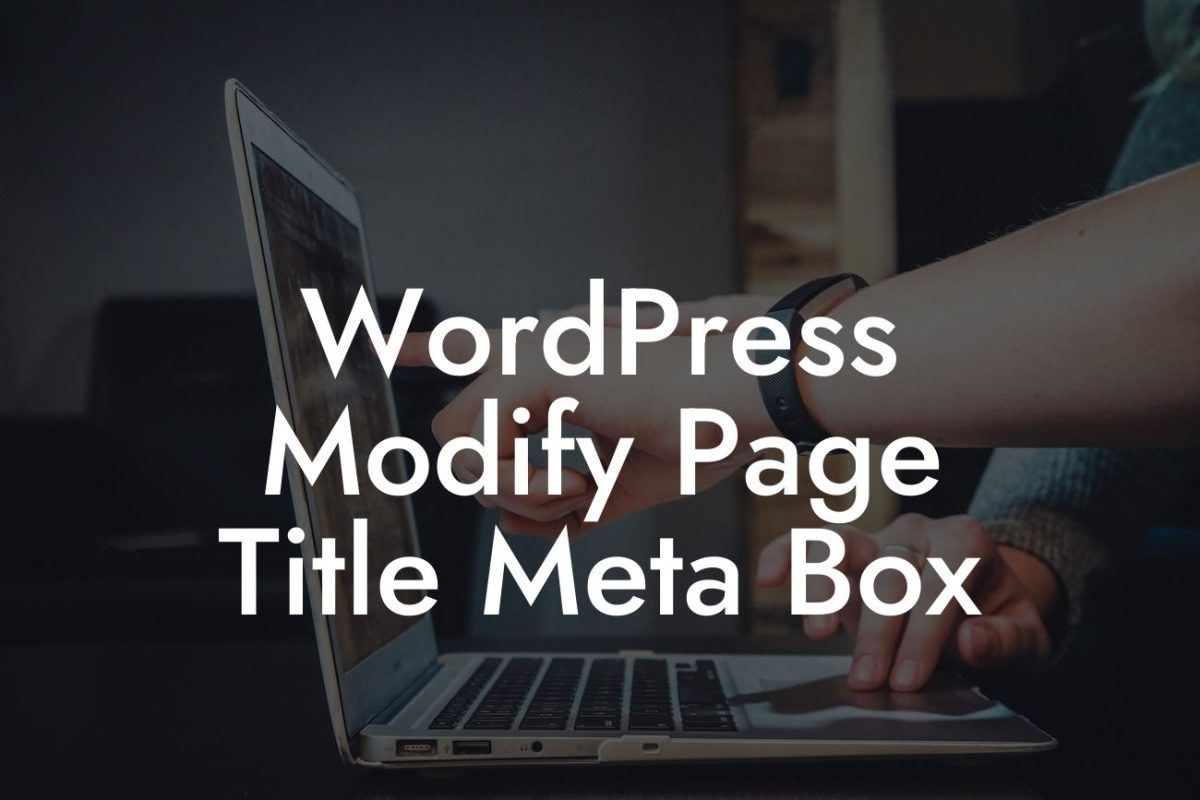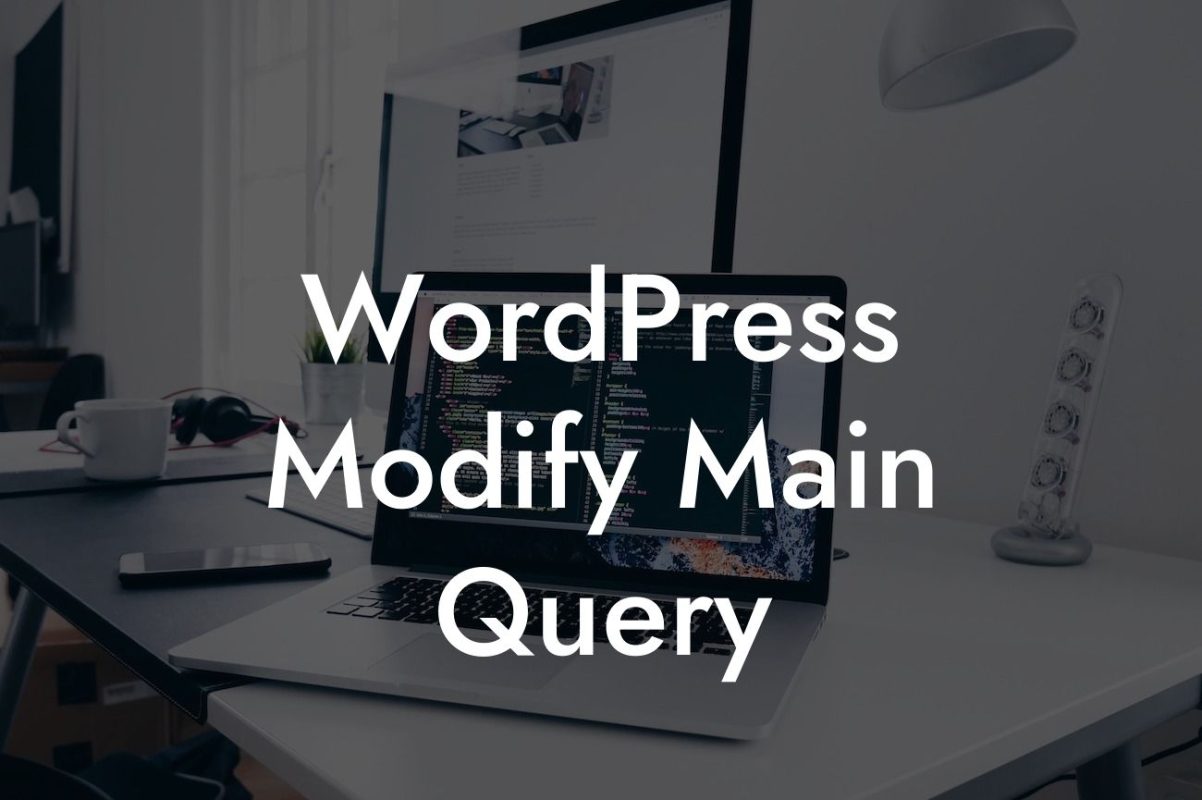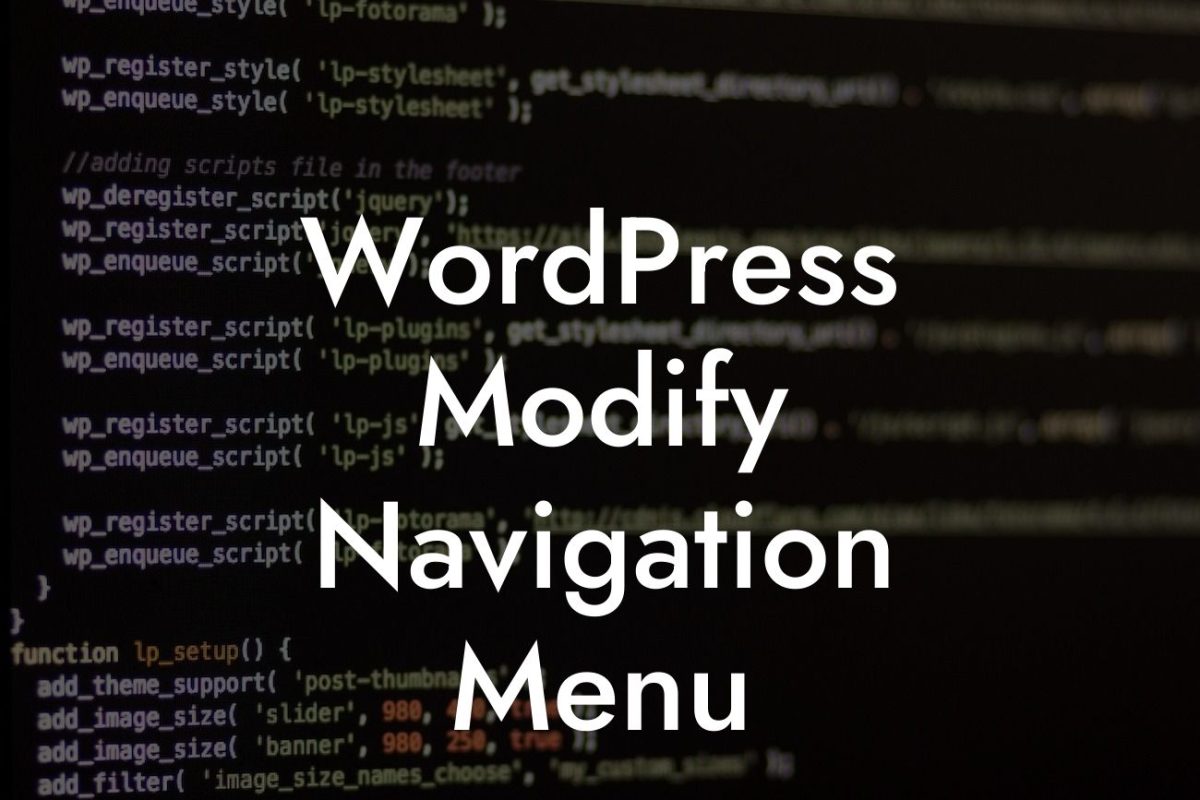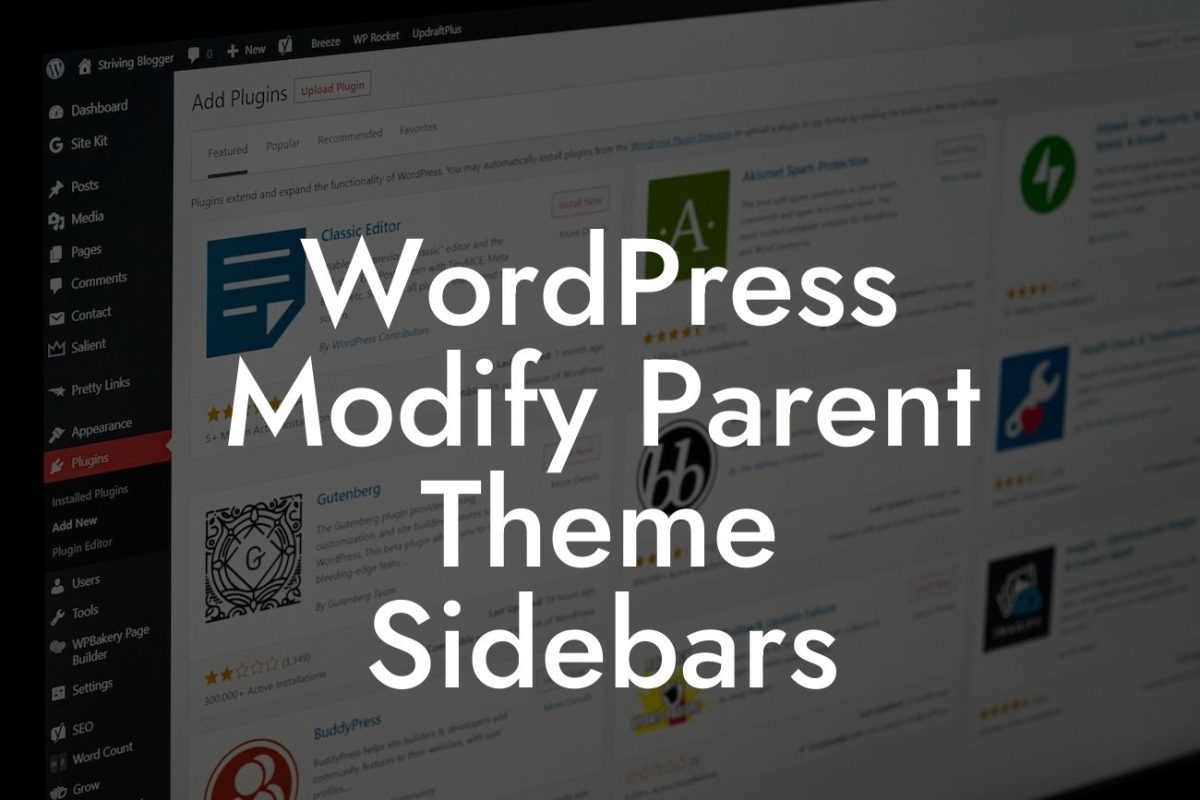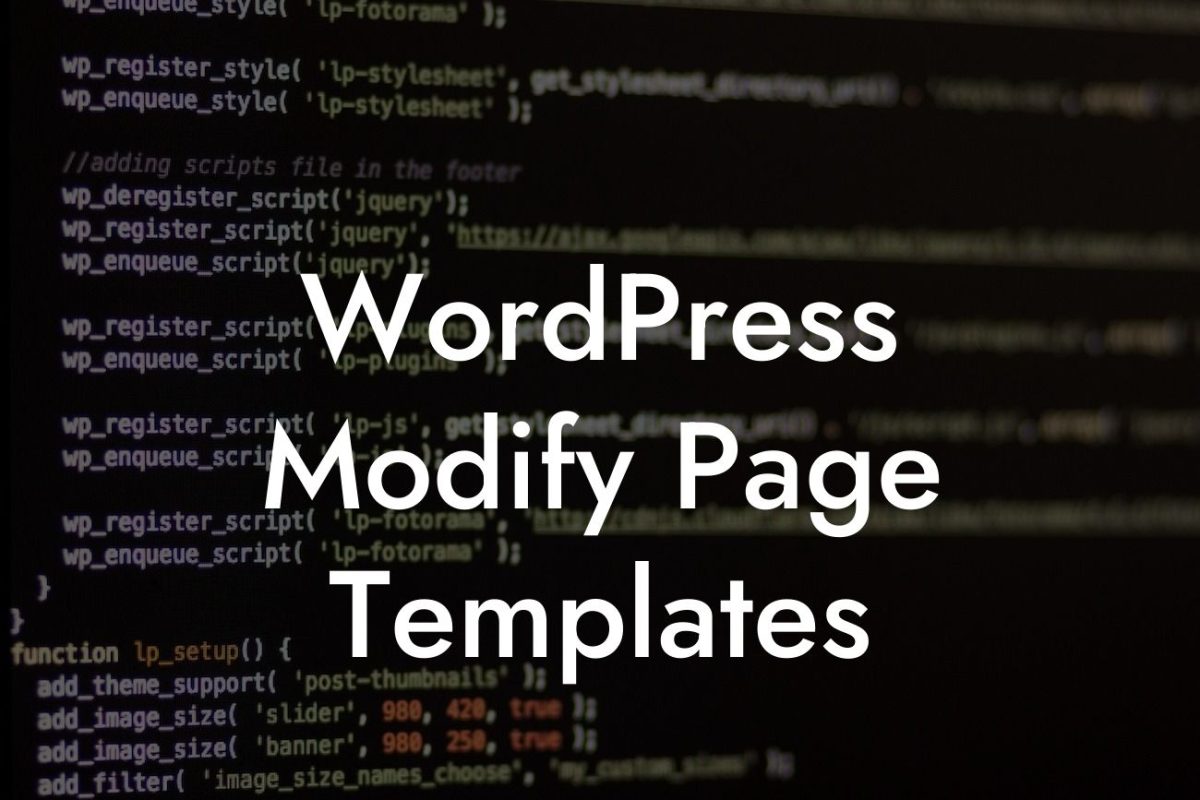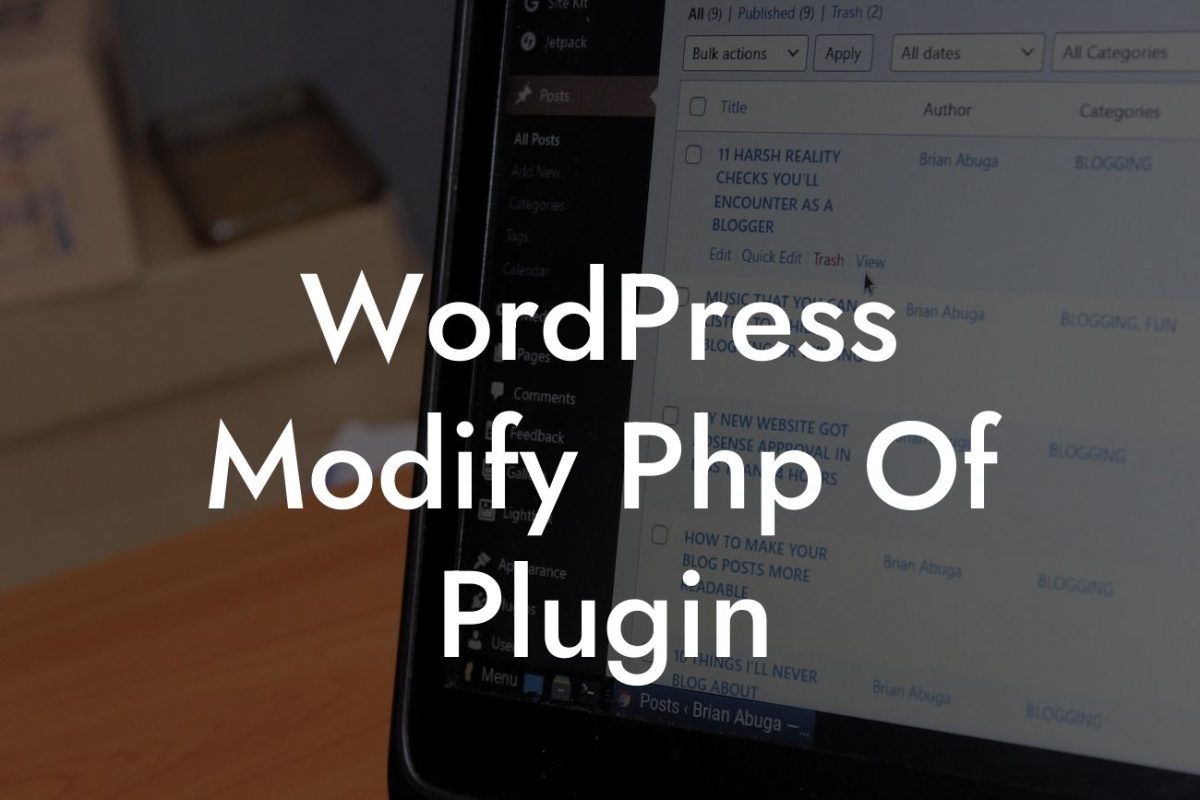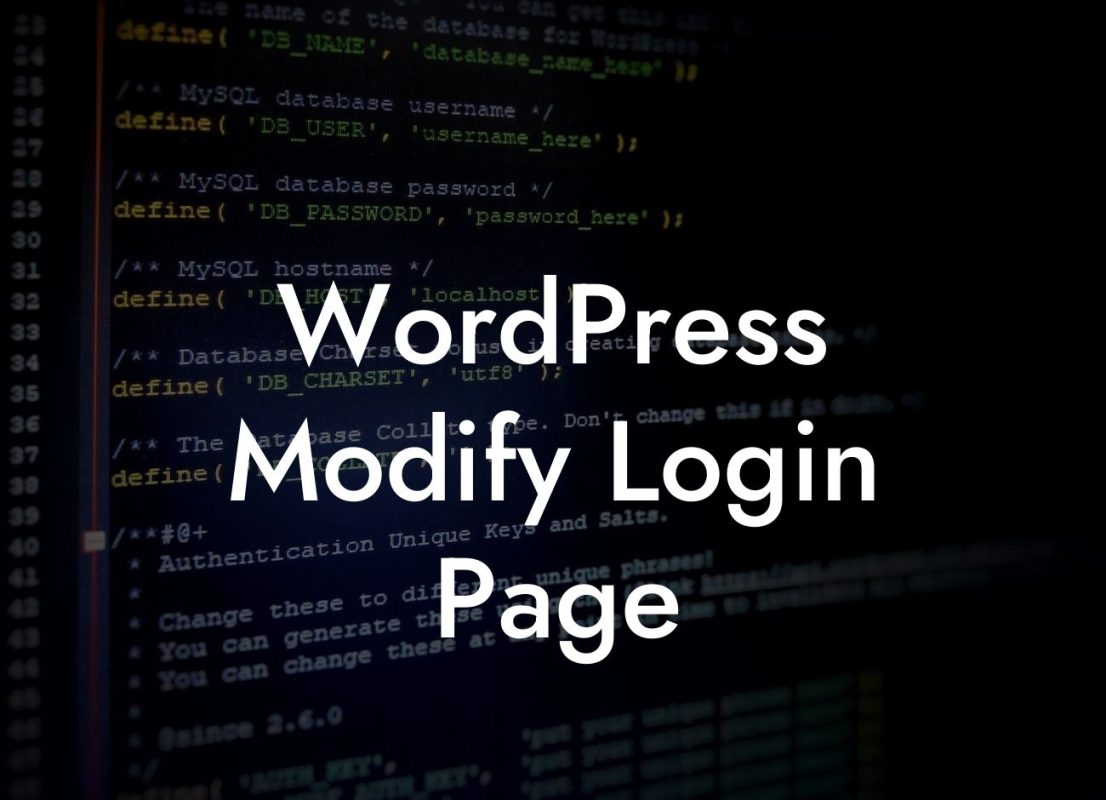Adding subheadings can significantly improve the readability and organization of your WordPress content. Whether you're writing an article, creating a landing page, or designing a website, subheadings break up your content into digestible sections, making it easier for your readers to navigate and find the information they need. In this guide, we'll explore various methods to add subheadings in WordPress, ensuring your content stands out from the crowd.
Adding subheadings in WordPress is a breeze, thanks to the flexible Gutenberg editor or the classic WordPress editor. Follow these steps to begin enhancing your content with captivating subheadings:
1. Using the Gutenberg Editor:
- Open your WordPress post or page in the Gutenberg editor.
- Click on the "+" icon to add a new block.
Looking For a Custom QuickBook Integration?
- Search for the "Heading" block, and select the desired heading size.
- Enter your subheading text in the block.
- Customize the appearance and styling using the available options.
- Repeat the steps to add more subheadings as needed.
2. Using the Classic WordPress Editor:
- Open your WordPress post or page in the classic editor.
- Highlight the text you want to turn into a subheading.
- Click on the "Paragraph" drop-down menu in the editor toolbar.
- Select the desired heading size from the available options.
- Your selected text will now be transformed into a subheading.
- Repeat the process to add multiple subheadings throughout your content.
Remember, using appropriate heading tags (H2, H3, etc.) is crucial for SEO optimization. Search engines rely on these tags to understand the structure of your content and rank it accordingly. Utilize bullet points and numbered lists where necessary to further enhance readability.
How To Add A Subheading In Wordpress Example:
Let's consider a scenario where you're writing a blog post about "10 Tips for Successful Entrepreneurship." As you discuss each tip, utilizing subheadings will help your readers navigate the content with ease. For instance:
- Tip 1: Define Your Vision
- Tip 2: Build a Strong Network
- Tip 3: Embrace Failure as a Learning Opportunity
- Tip 4: Utilize Digital Marketing Strategies
Congratulations! You've mastered the art of adding engaging subheadings in WordPress. Remember, subheadings are not only aesthetically appealing but also play a crucial role in improving user experience and SEO ranking. Explore more insightful guides and take advantage of DamnWoo's exceptional WordPress plugins to elevate your online presence further. Don't forget to share this article with fellow entrepreneurs and small businesses seeking to enhance their WordPress content.

